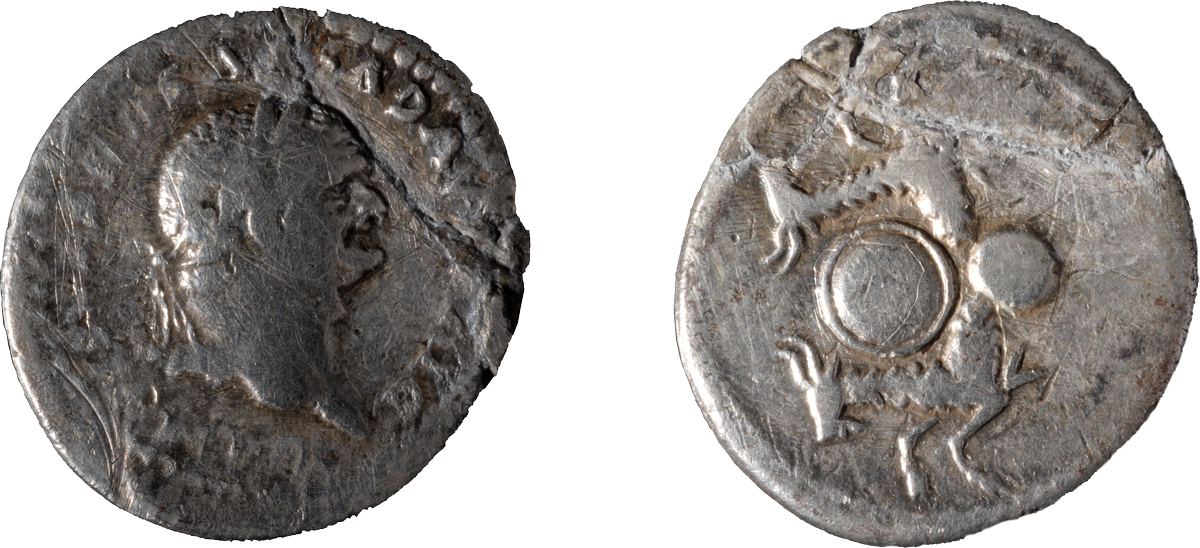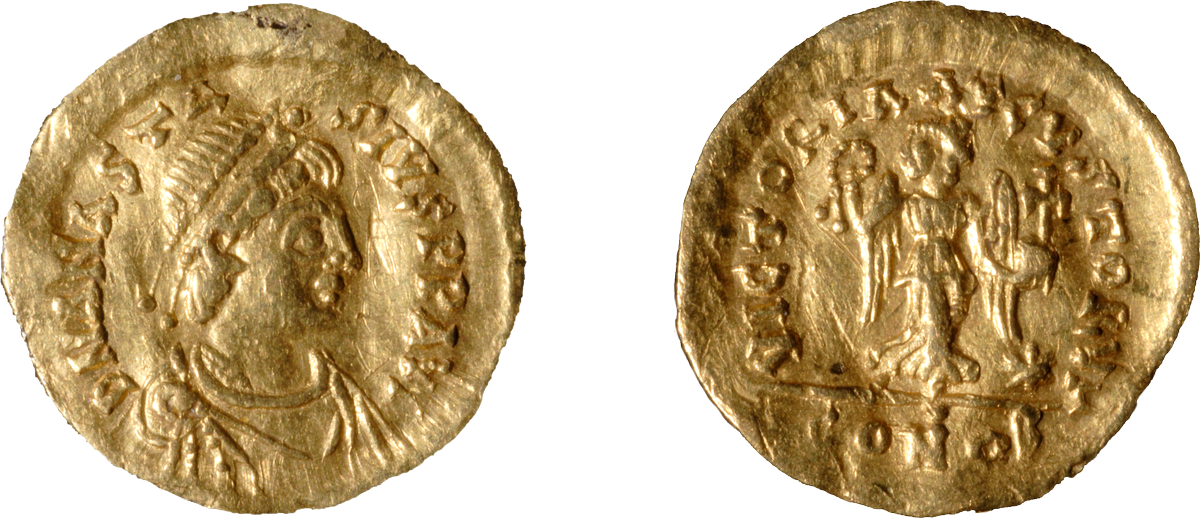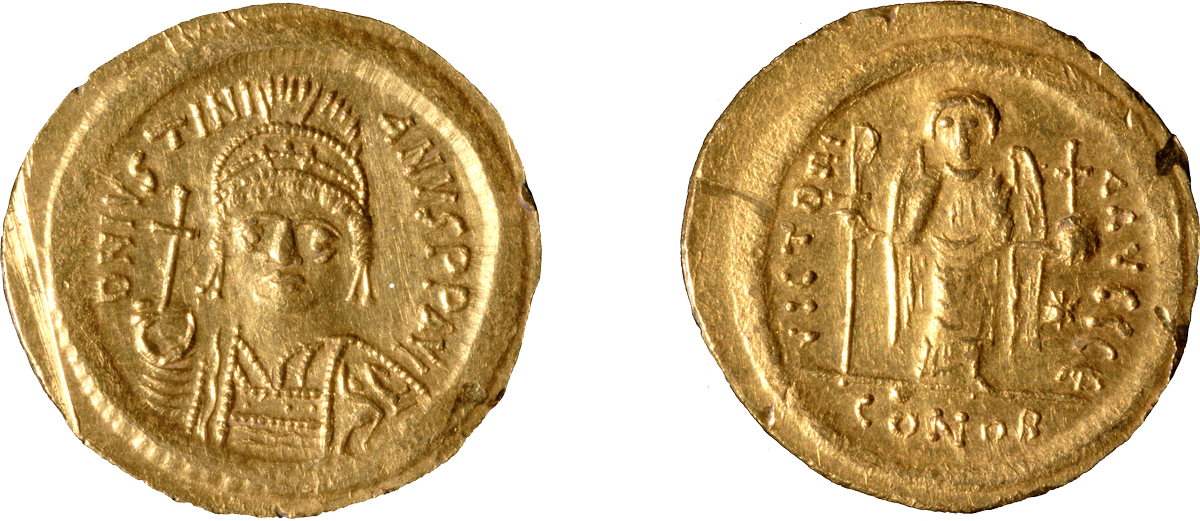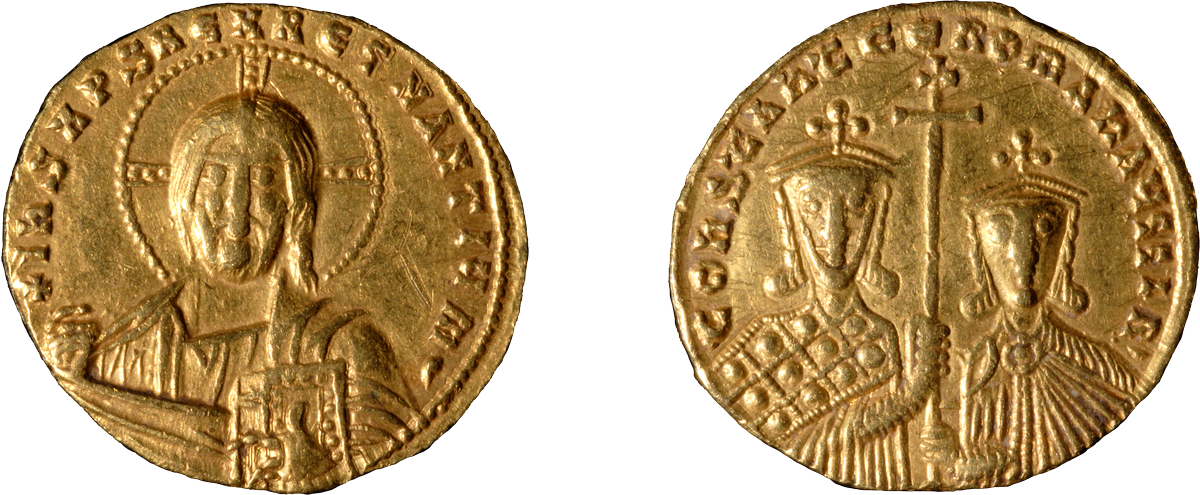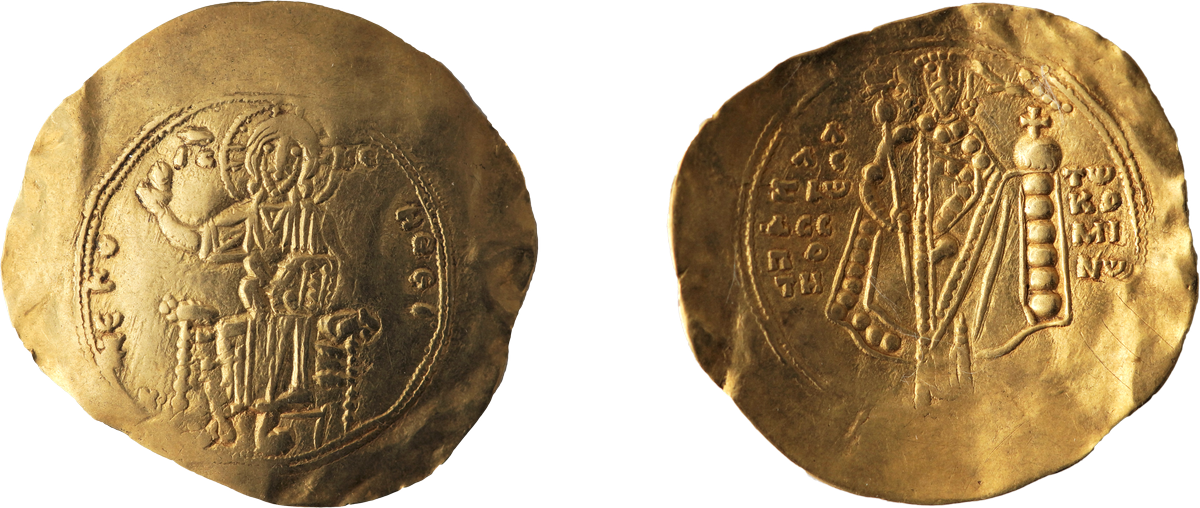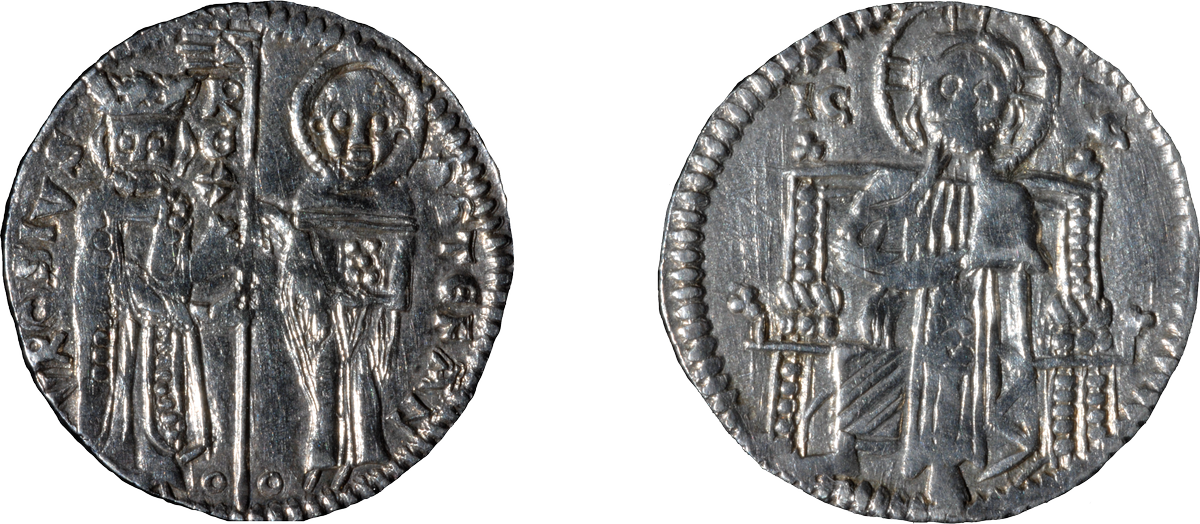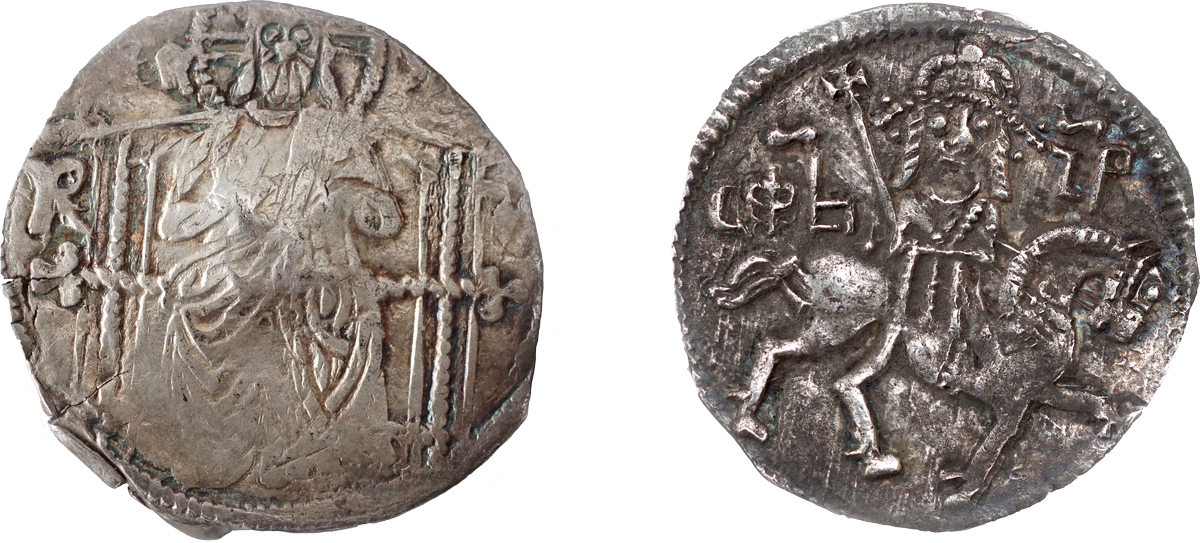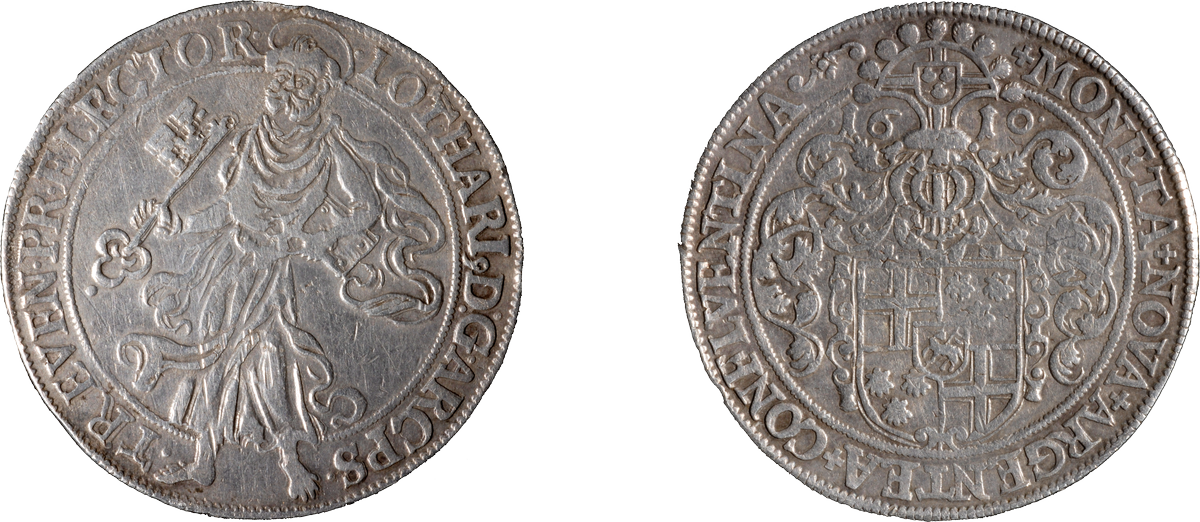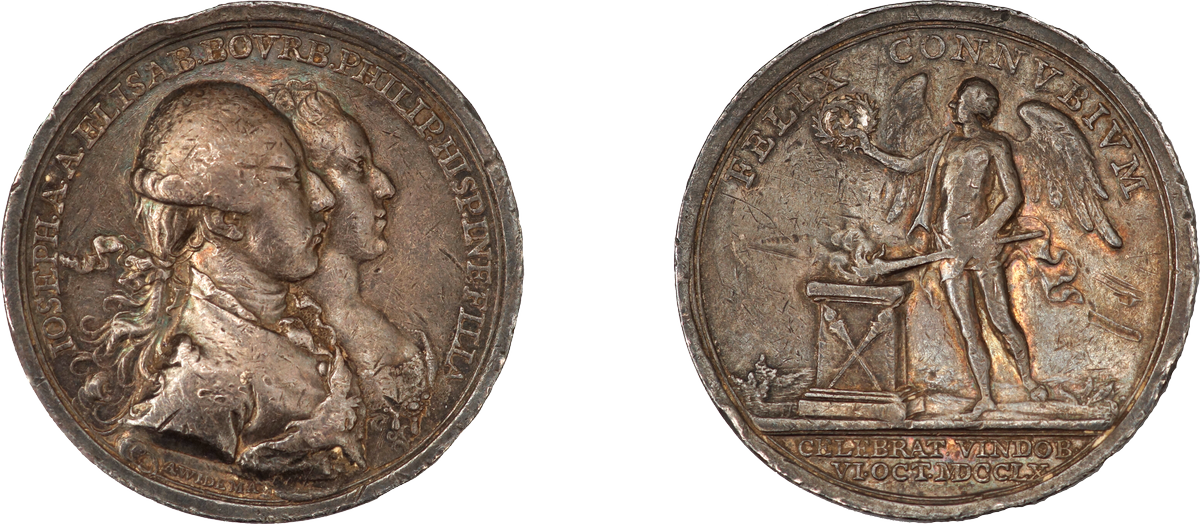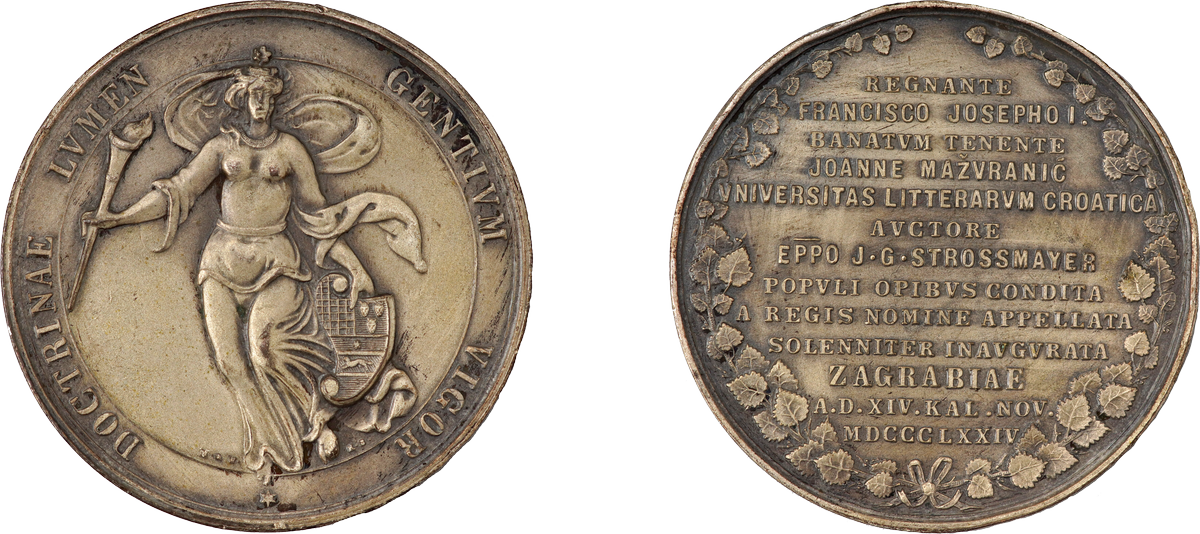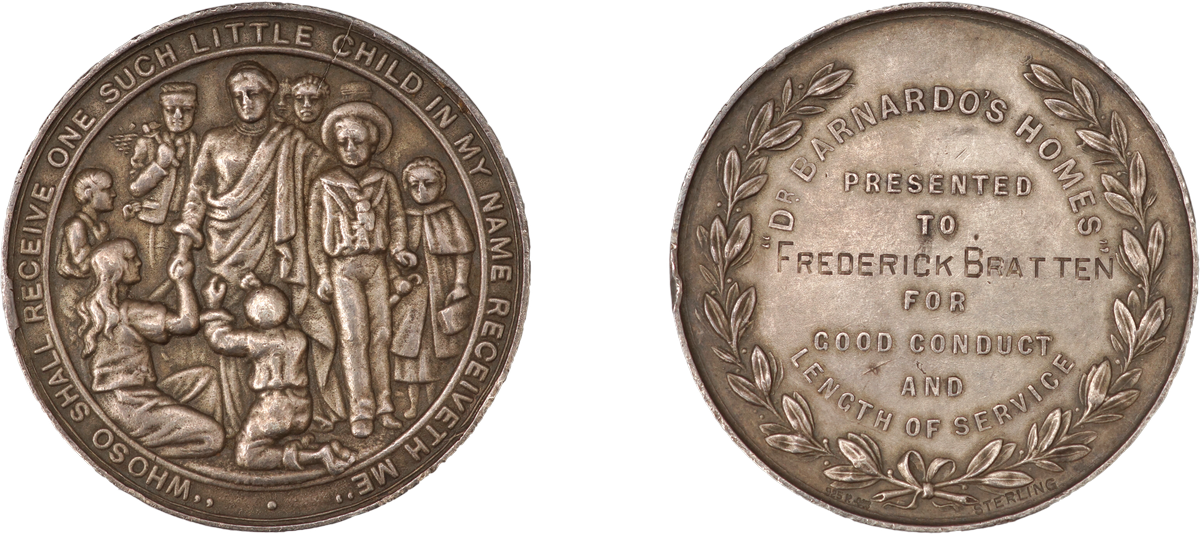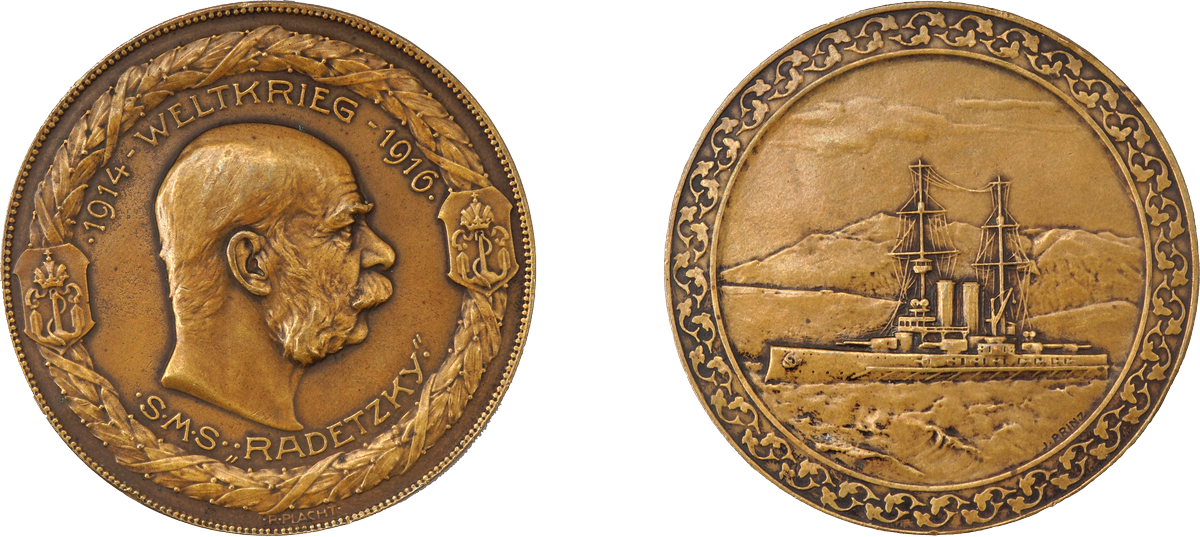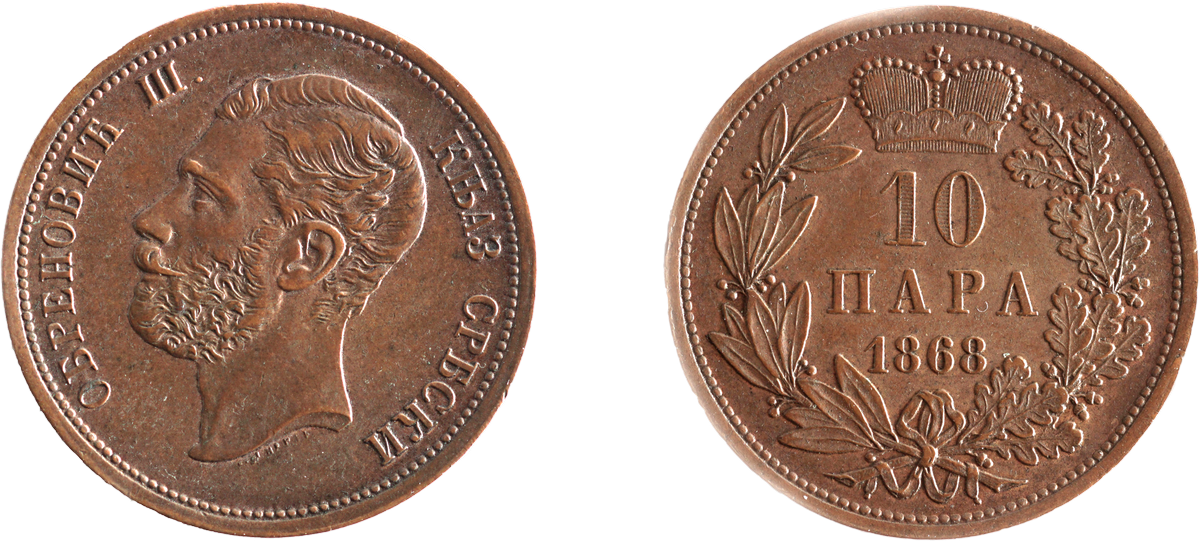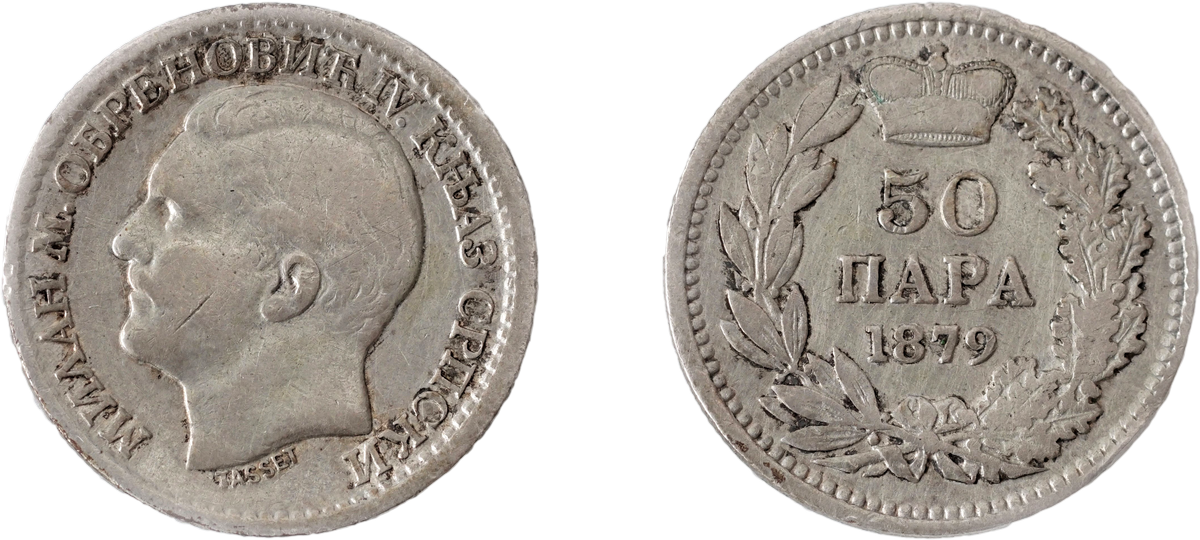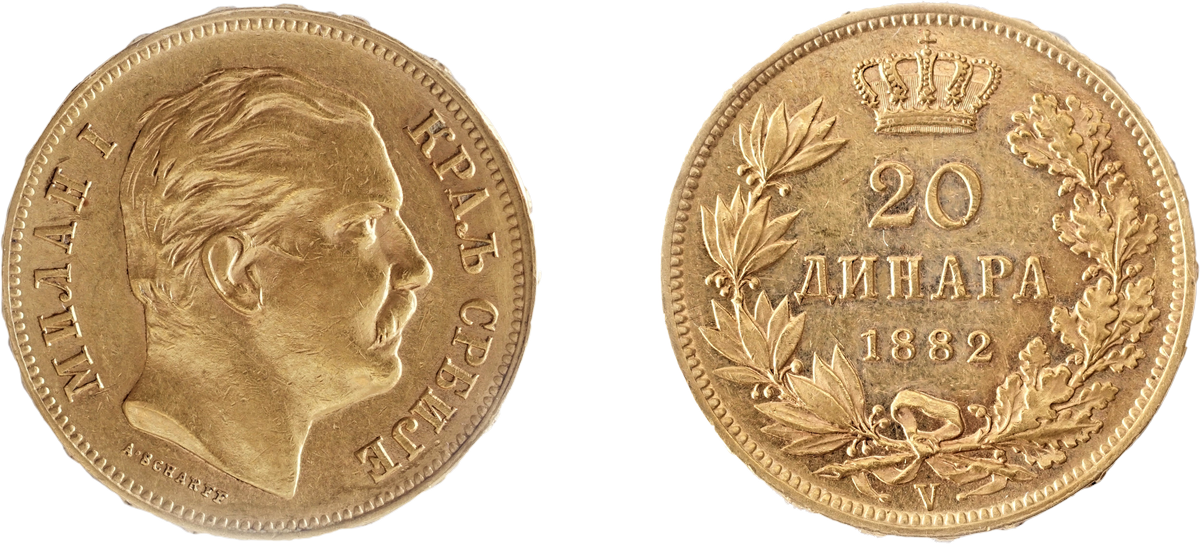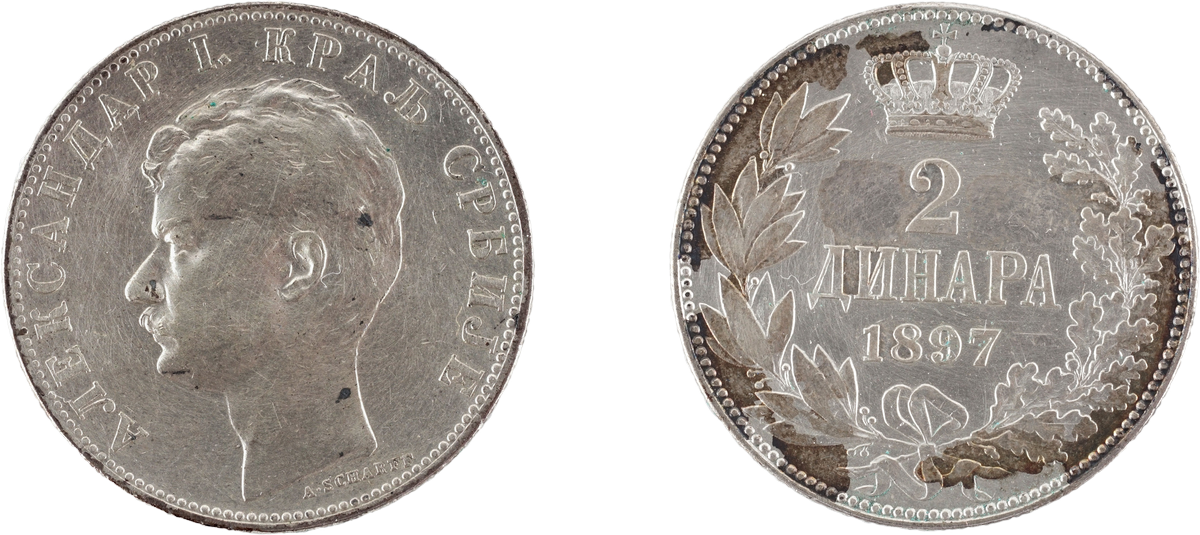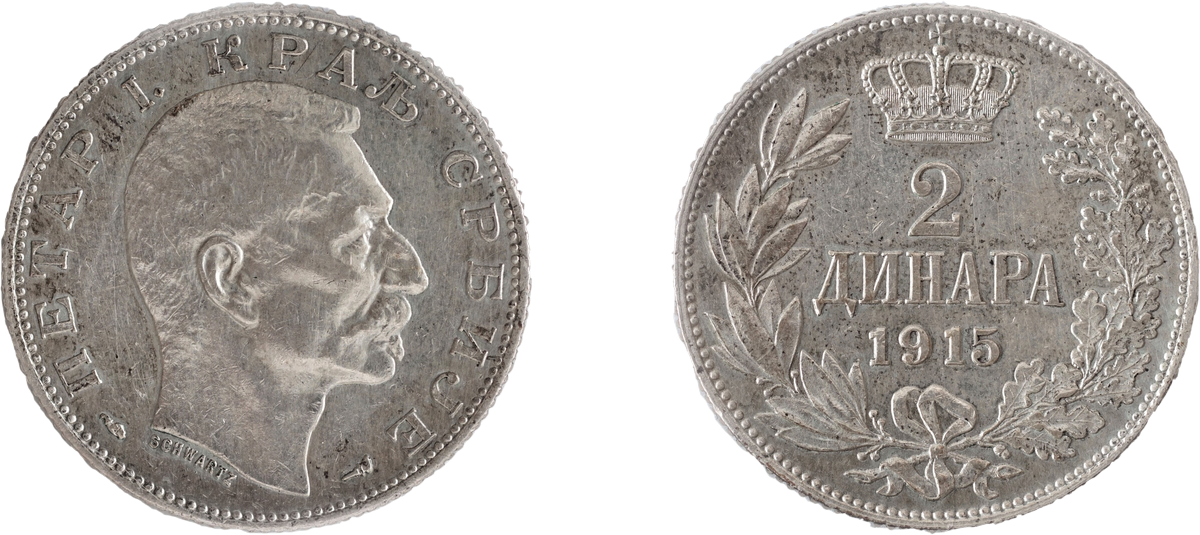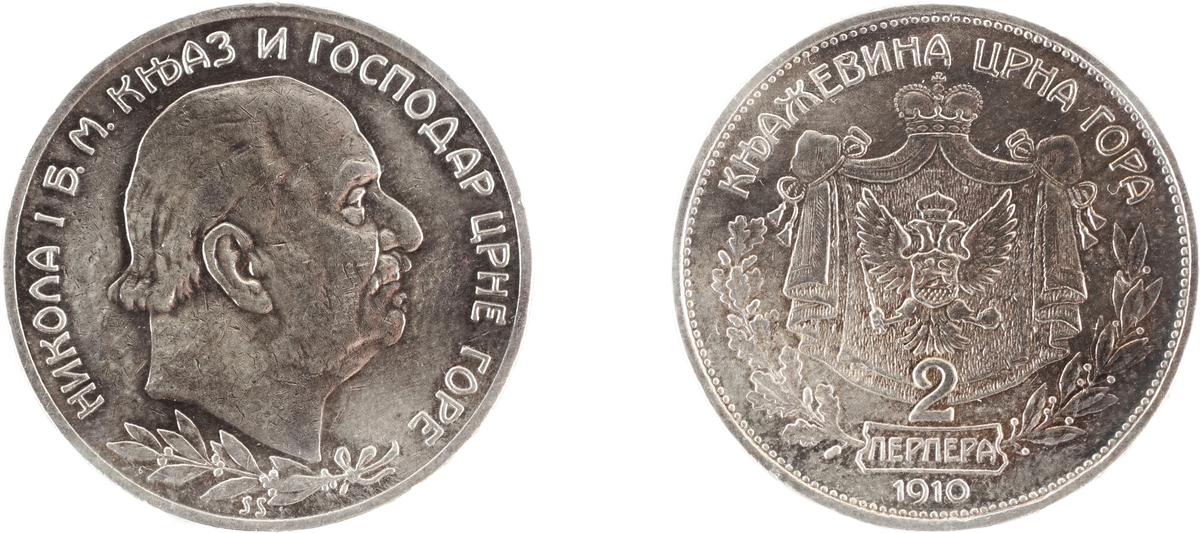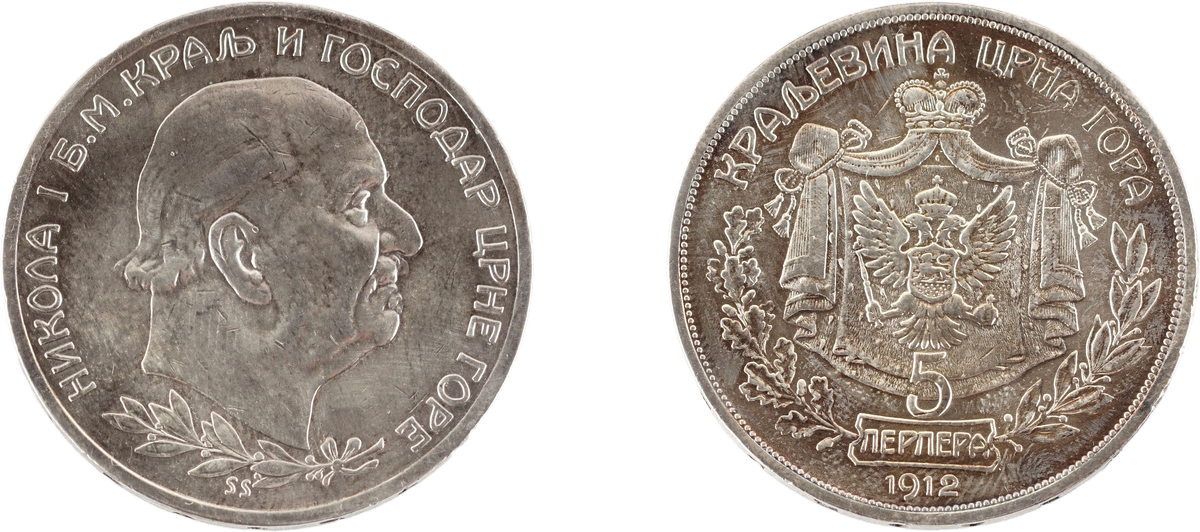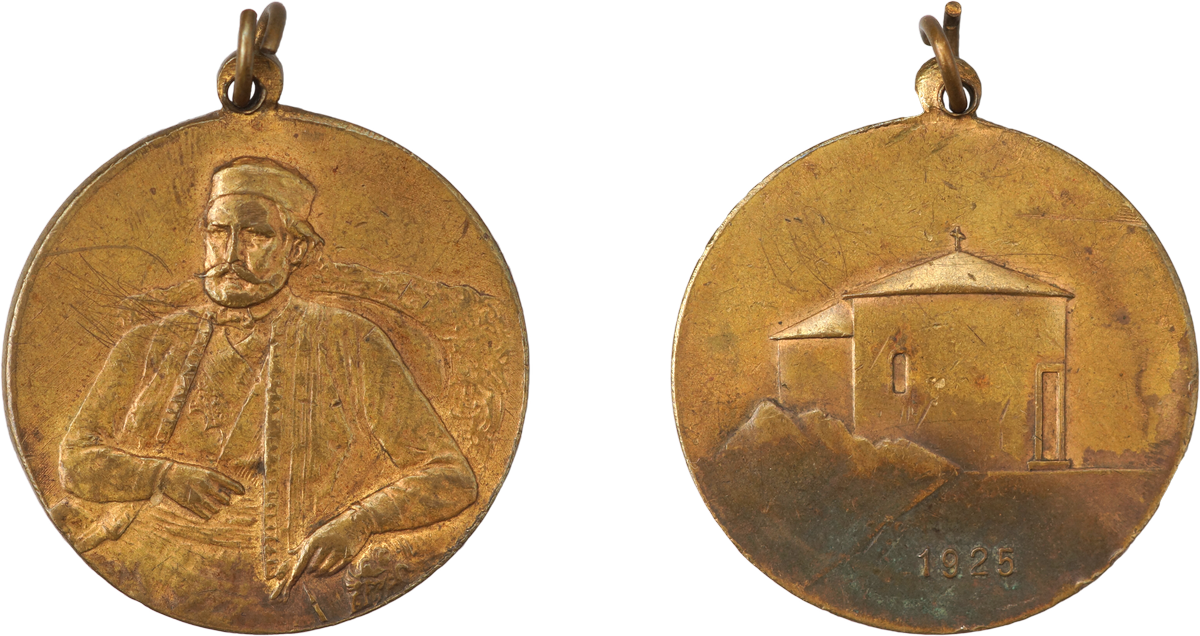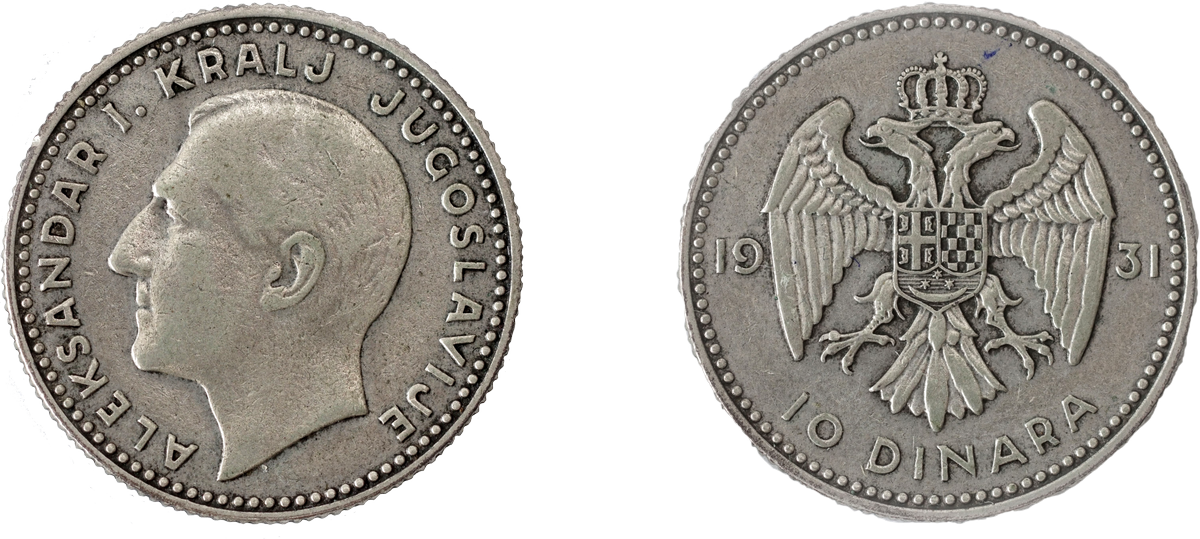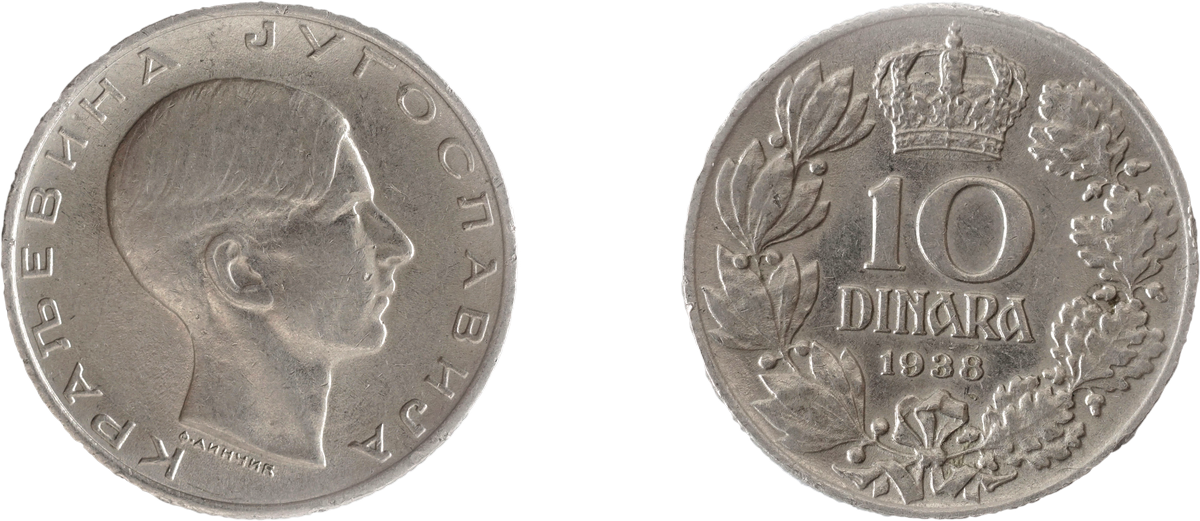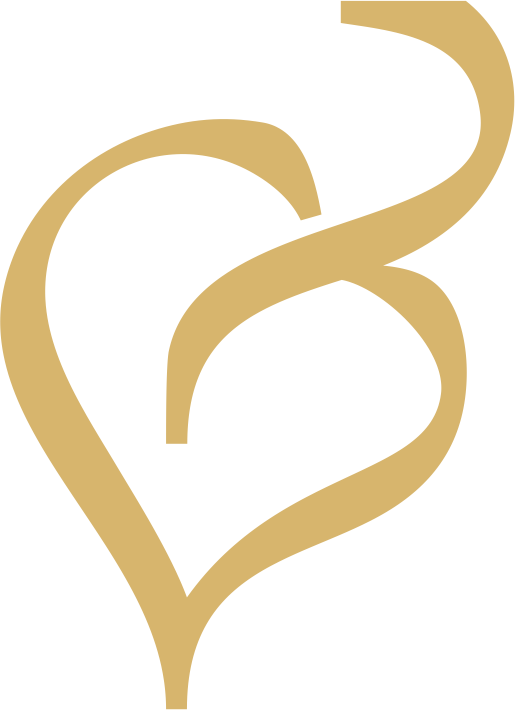
About the Collection
As the most numerous collection in the Museum, the Numismatic Collection numbers over 3200 objects in its inventory and, in addition, 4050 objects in the so-called Study Collection of the numismatic material, and it was established immediately after the founding of the National Museum Kraljevo in 1950. The material was mostly obtained through purchases and gifts. During the first decade, the coins (Roman, mediaeval, Serbian mediaeval and modern) were purchased from a wider territory of Serbia, with the origin from Belgrade, Subotica, Smederevska Palanka, Novi Pazar, Peć.
The second group is made of the coins from the territory covered and investigated by the Museum (Kraljevo, Raška and Vrnjačka Banja), which, therefore, has an outstanding scientific value. They are specimens originating from the city itself, from the suburban settlements (Čibukovac) and the surrounding villages (Ratina, Vrba, Sirča), as well as from Raška and Vrnjačka Banja. Hence, archaeological investigations, together with citizens’ accidental findings, represent one of the important sources for the Numismatic Collection, when the oldest periods are in question. On the other hand, the Numismatic Collection, through its large holdings, enables professional and scientific research on monetary systems in different epochs and states. In ancient times, the territory of Serbia was called res metalla, i.e. the country of mining and metallurgy, and Kopaonik was one of its biggest, and by its ore wealth, most powerful mining districts, which was intensively exploited from prehistory to the end of the Middle Ages. The aim of development of mining in the old epochs was, before all, to obtain precious metals – the monetary systems of old states depended directly from their real presence in coins. That is why the research into the numismatics of archaeological periods within the National Museum in Kraljevo has a special value and is connected with the archaeological project “Old Mining and Metallurgy on Kopaonik” as a part of an interdisciplinary approach.
The largest portion of the Collection contains modern coins (16th – 20th century), of Austrian, German or Turkish origin, and, before all, Serbian coins and banknotes from the 19th and 20th centuries. The Legacy of Leposava Aleksić Zarić, which enriched the Numismatic Collection with 67 exhibits, is particularly worth mentioning. Besides, the Numismatic Collection preserves money from all epochs for its museum territory, which reflects, on the one hand, local specificities, and, on the other hand, general monetary characteristics.

Roman and Byzantine Coins
Most of the donated numismatic material originated in the territory of Kraljevo and belongs mainly to accidental finds. This type of coin finds usually discovered during excavation works carried out by private persons or public works is of invaluable importance because it unambiguously indicates the existence of an archaeological site and clearly determines it chronologically. It is a signpost for future investigations, as it was the case with the village of Vrba, where an accidentally found denarius of Augustus was purchased in 1953. During the investigation relating to the period of ancient history in the surroundings of Kraljevo, which was carried out by the National Museum Kraljevo, a coin of the Emperor Vespasian (69–79) was found in Konarevo, at the site Crkvine. Another important Roman point is the confluence of the rivers Gruža and West Morava, in the village of Čukojevac. Firstly, a Roman brick kiln was excavated there, and then a fortification at the site Gradište, from the time of Late Antiquity to the Early Byzantine period (4th-6th centuries), where 12 pieces of Roman and Early Byzantine coins were found – they directly date the phases of life in the fortification with the refuge. Archaeological investigations on the territory of Raška resulted in numerous finds from the ancient necropolis Lanište, in the village of Korlaće, near Baljevac, when 92 pieces of Roman coins – burial gifts were discovered. Other sites, such as the villa rustica on the route Dobrinac–Lug, in the village of Rvati near Raška, and the Late Antique metallurgical centre Zajačak, in the village of Kremići on Kopaonik, also brought new finds.

Mediaeval Serbian Coins
The first Serbian coinage was minted at the time of King Radoslav (1228–1234). It was made on the model of Byzantine coin scyphate (bronze cup-shaped coin). Later, at the time of King Uroš I (1243–1276), coins were minted on the model of Venetian silver coins type matapan. Minting of this type of silver dinar also continued during the rule of kings Dragutin (1276–1316), Milutin (1282–1321), Stefan Dečanski (1321–1331) and Dušan (1331–1355). The representation is as follows: the obverse depicts the front-facing king, bareheaded or with the crown, who is standing and receiving the flag or the cross from the saint, i.e. St. Stephen, the patron saint of the Serbian throne. The reverse depicts Christ on the throne. The Serbian rulers also minted coins with original representations, with Cyrillic inscriptions, and their coins reached the apex during the rule of king, and then Tsar Dušan. The rulers reserved the right to minting coins, although it was sometimes given to certain persons, with the inspection of quality. But, the Serbian nobility (later the Patriarchate and towns) often usurped this right. Coins were made at mints within mining centres, such as Brskovo, Rudnik, Plana, Novo Brdo, Srebrenica, etc. Minting of Serbian coins stopped with the fall of the Serbian state under Turkish rule in 1459.

Modern European Coins and Medals
The largest portion of the Numismatic Collection is comprised of modern money (16th–20th centuries) – Turkish, Austrian, German and other European countries’ money, firstly coins and then banknotes. The purchased specimens of European coins dated to the period from the 16th to the 18th centuries originated in the territory of the village of Sirča and they confirm the well-known historical fact that the Turkish-Austrian border went through the territory of this village. During the excavation works, an extraordinary find of a German taler from the Archbishopric of Trier with the representation of St. Peter with the keys was found. It can be classified into the oldest modern coins in the Collection. The Legacy of Leposava Aleksić Zarić is particularly worth mentioning. It enriched the Numismatic Collection with 67 exhibits, out of which 13 are medals, of different origin and extreme value, made by famous European medallists.

Coins of the Modern Serbian State, Montenegro and Yugoslavia
Serbia under Turkish rule was granted the status of principality with internal autonomy by the Hatt-i-sharif of 1830 and its 1833 amendment. The Hatt-i-sharifs did not foresee the right of the Principality of Serbia to its own money, but it was not forbidden, either. Several types of foreign copper, silver and gold coins (papal, Turkish, Austrian, Russian…) were used. It was necessary for the Principality of Serbia to start minting its own copper coins. At the beginning of 1868, Prince Mihailo Obrenović III sent the Minister of Finance, Kosta Cukić, to Vienna, with the task to create conditions for minting Serbian coinage and, after his return, the beginning of minting was approved by the decision of March 14th, 1868. The coins were minted in the Main Imperial and Royal Minting House in Vienna (Wiener Hauptműnzamt). The engravers were Anton Scharff (for 1 para and 10 paras) and
The idea about minting first Serbian silver coins of 50 paras, 1 dinar and 2 dinars appeared in the period when Prince Milan Obrenović IV began to rule independently. The Principality of Serbia adopted a new monetary system which was based on the principles and provisions of the Paris Monetary Convention of 1865, which created the so-called Latin Monetary Union, although Serbia formally did not join the Convention. The DINAR was introduced as the unit of the Serbian monetary system. The coins were minted in Vienna, i.e. the Main Minting House in Vienna (Wiener Hauptműnzamt) in 1875, with 835/1000 fineness. The engravers were: A. Scharff (for 50 paras and 2 dinars) and F. Leisek (for 1 dinar).
